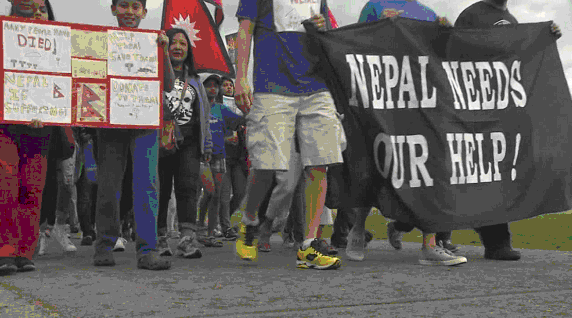
The Nepal earthquake killed more than 8,000 people and injured more than 19,000. Some casualties were also reported in the adjoining areas of India, China, and Bangladesh.The earthquake triggered an avalanche on Mount Everest, killing at least 19 people making it the deadliest day on the mountain in history. It triggered another huge avalanche in Langtang valley, where 250 were reported missing Hundreds or even thousands of people were made homeless with entire villages flattened across many districts of the country. Centuries old buildings were destroyed at UNESCO World Heritage sites in the Kathmandu Valley, including some at the Kathmandu Durbar Square, the Patan Durbar Square and the Bhaktapur Durbar Square. Geophysicists and other experts had warned for decades that Nepal was vulnerable to a deadly earthquake, particularly because of its geology, urbanization, and architecture.UNICEF appealed for donations, as close to 1.7 million children had been driven out into the open, and were in desperate need of drinking water, psychological counsel, temporary shelters, sanitation and protection from disease outbreak. It distributed water, tents, hygiene kits, water purification tablets and buckets. India was the first to respond within hours, being Nepal's immediate neighbor, with Operation Maitri which provided rescue and relief by its armed forces. It also evacuated its own and other countries' stranded nationals. On 26 April 2015, international aid agencies and governments mobilized rescue workers and aid for the earthquake. They faced challenges in both getting assistance to Nepal and ferrying people to remote areas as the country had few helicopters. Relief efforts were also hampered by Nepalese government insistence on routing aid through the Prime Minister's Disaster Relief Fund and its National Emergency Operation Center.
if you want to donate go to the
site:http://iowanepaleseassociation.org/
thank you very much for looking at my article
Comments
Post a Comment